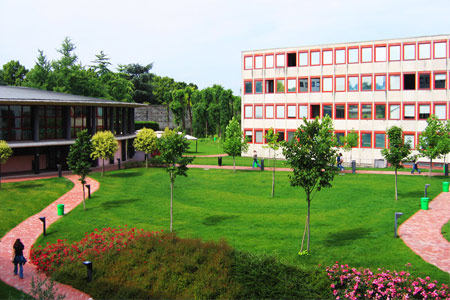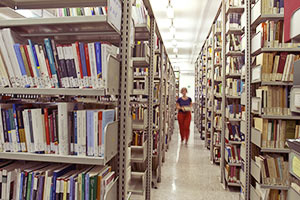Learning outcomes
On successful completion of this course, students should be able to:
- illustrate and exemplify the basic concepts of language variation, dialectology and regional-language study;
- extract data from corpora, linguistic atlases, audio registrations and other sources (printed or available on the Internet);
- linguistically analyse and interpret data and to carry out generalizations;
- appreciate language variation as a positive feature of the language;
- present results/give a talk convincingly;
- demonstrate to have the German language skills that correspond to the C2 level of the CEFR.
"Dialects and regional languages of German"
For language learners who are used to school grammars German may seem a homogeneous language. However, in reality German displays as much variation as any other language. The variation of German takes place in different "dia"-dimensions (diatopic, diastratic, diaphasic; diamesic; diachronic). The course focuses the diatopic variation, i.e., geographically marked speech in form of dialects and regional languages. The special relevance of this dimension becomes immediately clear when listening to native speakers because no native speakers uses geographically unmarked German. However, this fact does not mean that speakers always use 'dialects' (in the sense of the German notion "Dialekt"). On the contrary, nowadays geographically marked speech usually is not dialect speech but usage of regional forms which are sometimes rather widespread. Hence, the course is not only on 'dialects' but also on "Regionalsprachen" (in the sense of Schmidt and Herrgen 2011), what both the theoretical issues and the practical analyses are concerned. Additionally the concepts of 'national standards' (Ammon) and "Oralisierungsnormen" (Schmidt and Herrgen 2011), opposed to each other, will be discussed. The diatopic variation is also relevant for other dimensions of variation, e.g., when youngster use regional or dialect forms in social media or when these forms are used consciously or also not consciously in certain functional styles (diastratic/diaphasic variation).
Note 1: The course will be taught in German.
Note 2: For practical analyses during classes please bring a notebook with internet access.
Reference list
- Text book: Schmidt, Jürgen Erich/Herrgen, Joachim (2011): Sprachdynamik. Eine Einführung in die moderne Regionalsprachenforschung. Berlin: Erich Schmidt Verlag.
- A detailed reference list is published on the e-learning platform.
- Students who regularly attend classes: oral presentation ("Referat") during classes and oral examination after the end of the course.
- Students who do not regularly attend classes: oral examination, according to the indications published on the professor's website.
Required linguistic competence: C2 (CEFR).







